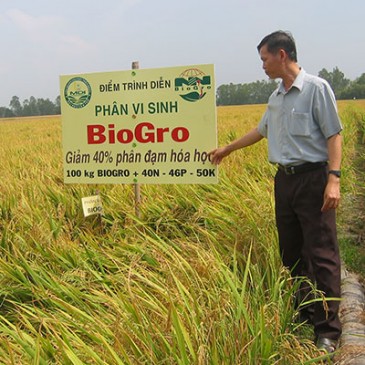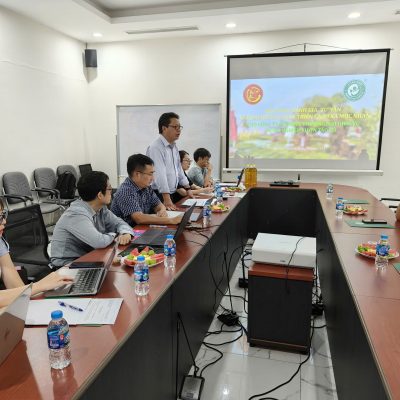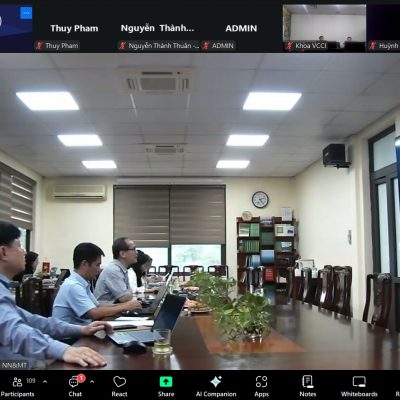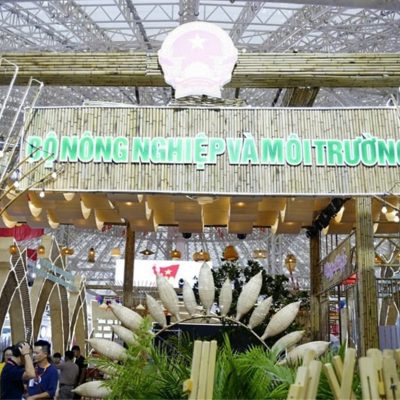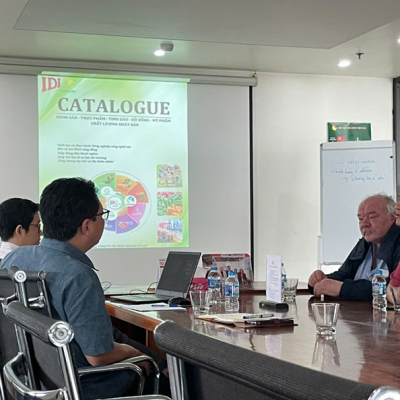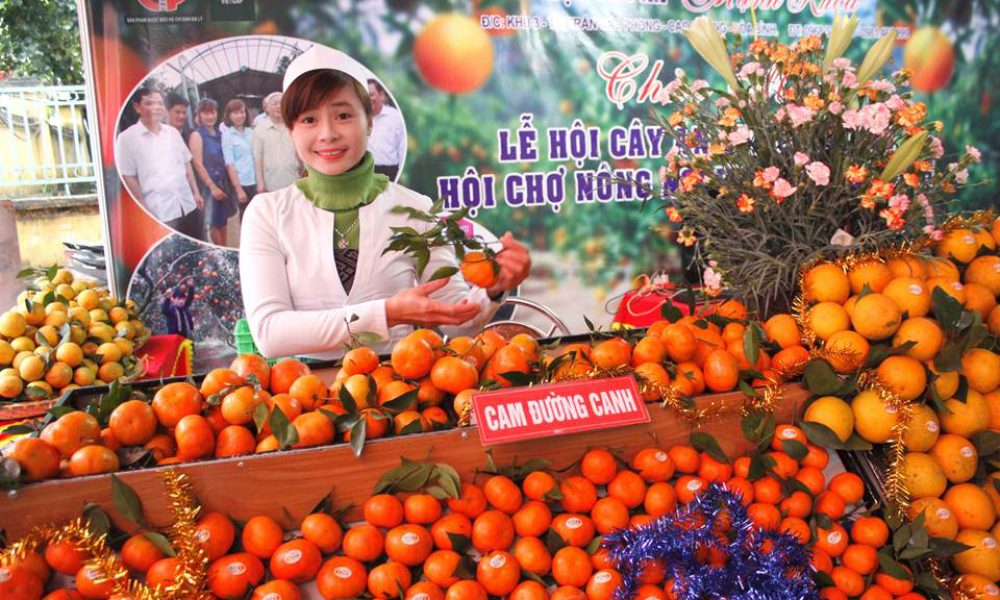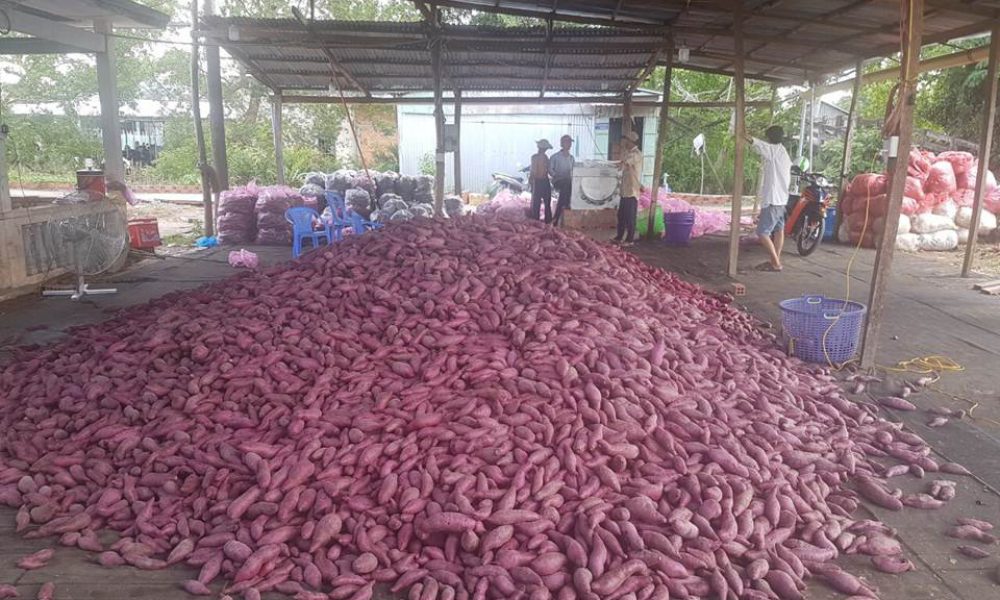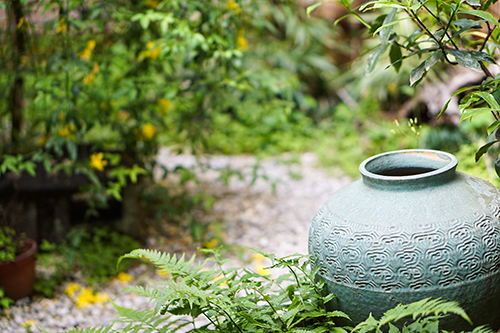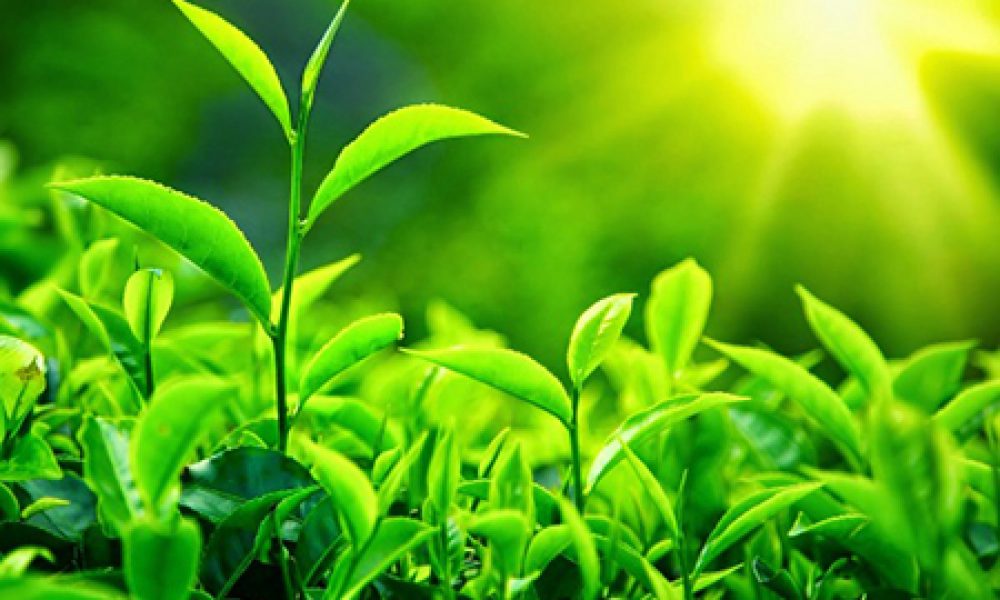
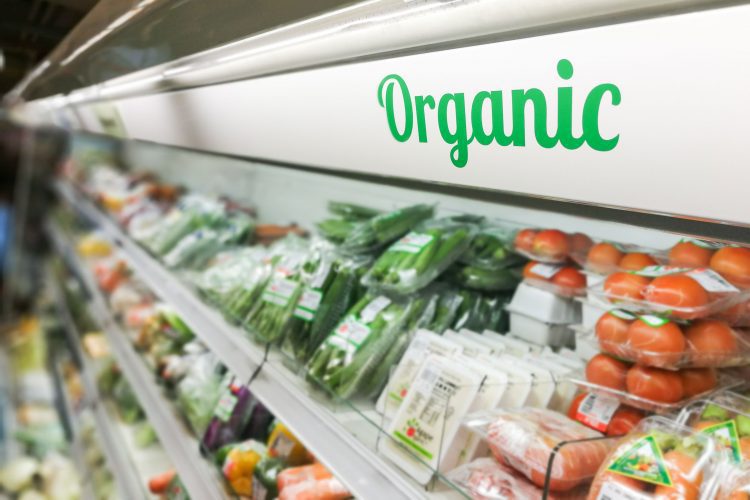
Organic product verification method
A European project is leading the way in strengthening consumer confidence in organic produce, with the creation of an intuitive system for better transparency in the organic supply chain.
Besides, The COVID-19 pandemic seems to have had a major impact on people wanting to choose healthier foods.. Demand for organic products is clearly increasing, This is great news for organic farmers, But what happens when demand exceeds supply? Using electric heating bulb/photography is the best, results are deficient and / or increase prices sharply. It also creates opportunities for those who want to cheat and sell conventional products as organic.
With modern supply chains, complex, It is often difficult to know where the exact product is coming from – and unfortunately, Some ignorant people may exploit this. Laboratory testing to distinguish organic from conventional is also a very difficult task. In addition to filing for pesticides or fertilizers, The "organic test" in the lab is almost impossible.
How to verify organic products?
An innovation is expected to be sponsored by the European Institute of Food-Technology and Innovation (EIT-food) may have developed an answer to the organic verification challenges.
As part of this process, an international group, Led by the Institute for Global Food Security at Queen's University Belfast, has mapped and digitized the two organic supply chains – one for red meat and one for fresh produce. Experts from Cambridge University, Siemens, ABP and Colruyt worked closely together to achieve this groundbreaking work. By creating a digital twin of the key elements in the chain, they can get a better overview of the supply chain – A useful tool for retailers. This approach also empowers consumers, help them gain insight into their food's origins.
In terms of measurement science, Researchers from the Institute for Global Food Security have collaborated with experts from the Fraunhofer Institute to look at innovative ways to determine whether fresh meat and produce from organic and conventional systems can distinguished by whether or not “food fingerprinting technology” is used. The results were impressive; Using very rapid forms of mass spectrometry has shown great promise, with the rate of successful separation from 90% come 100%. The research team is also trying to use a handheld device to perform the same method; Results from this will be ready later this year.
Another important part of the project is engagement with key stakeholders and consumers in the organic sector. A series of meetings and workshops were held to engage and discuss the findings of this study. Initial results from a large-scale Europe-wide survey have shown that by introducing traceability technology into the organic food chain, Consumer confidence increased. Not only do they consider it more secure and less susceptible to fraud, but they are also willing to pay a premium for these guarantees.. The consumer and stakeholder work has been developed by a multidisciplinary team of experts from across European universities, including Hohenheim University, The University of Turin and the Queen's University of Belfast.
The results of this project will bring about paradigm change, shows that organic supply chains can become more transparent through the use of innovative science and digital technologies..
Source: Ministry of Agriculture and Rural Development

